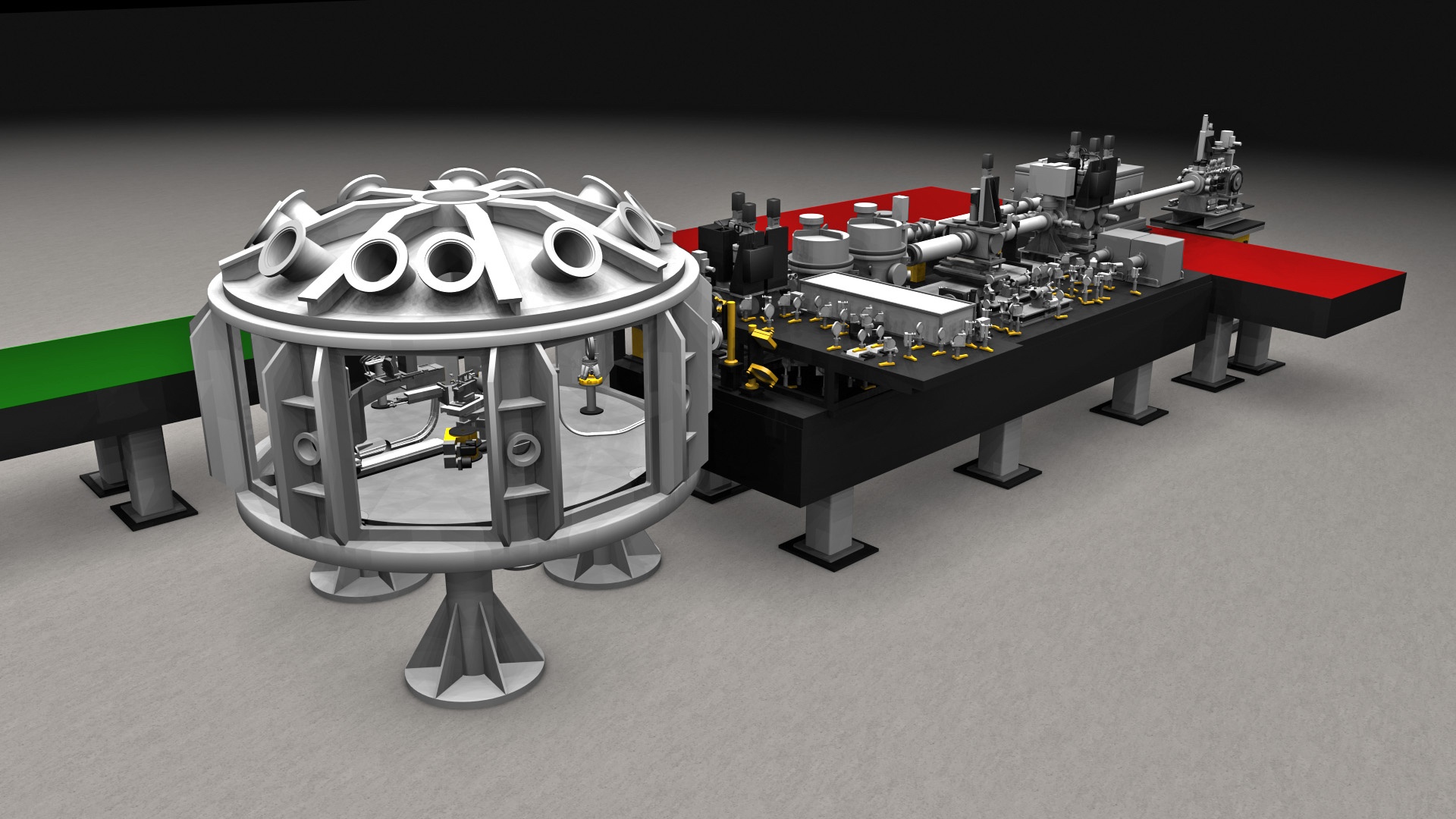This space is dedicated to the Matter in Extreme Conditions instrument of LCLS. It contains details on the instrument components and their use. The website contains restricted sections for staff-use only. The current organization is the following:
- Open access: sections 0 to 9
- Restricted to staff: sections 2.5, 10 and 11
Table of Content
Other important spaces
Matter in Extreme Conditions Instrument Page on slac.stanford.edu
- Please submit edits here (google docs), using comments or suggestions.
MEC SRD Confluence
Beam Delivery confluence
Recent space activity
Space contributors
{"mode":"list","scope":"descendants","limit":"5","showLastTime":"true","order":"update","contextEntityId":383940907}
MEC editors/admins
Below is the group list having maximal access to this page. If you feel you should be included then you can request membership through SLAC IT. Generally this is the MEC ops team including matrixed individuals.
Show/hide editors
Show/hide admins
| Description | Due date | Assignee | Task appears on |
|---|---|---|---|
| 29 Feb 2024 | Bob Nagler | 4.5. MXI |
| 29 Dec 2023 | Robert Nicholas Ettelbrick | Layouts |
| 2024.06.26_shift4_egaltier | ||
| 2024.06.26_shift4_egaltier | ||
| 2024.06.26_shift4_egaltier | ||
| 2024.06.26_shift4_egaltier | ||
| 2024.06.26_shift4_egaltier | ||
| 2024.06.26_shift4_egaltier | ||
| 2024.06.26_shift4_egaltier | ||
| 2024.06.26_shift4_egaltier | ||
| 2024.06.26_shift4_egaltier | ||
| 2024.06.26_shift4_egaltier | ||
| 2024.06.26_shift4_egaltier | ||
| 2024.06.26_shift4_egaltier | ||
| 2024.06.26_shift4_egaltier | ||
| 2024.06.26_shift4_egaltier | ||
| 2024.06.26_shift4_egaltier | ||
| 2024.06.26_shift4_egaltier | ||
| 2024.06.26_shift4_egaltier | ||
| 2024.06.26_shift4_egaltier |

